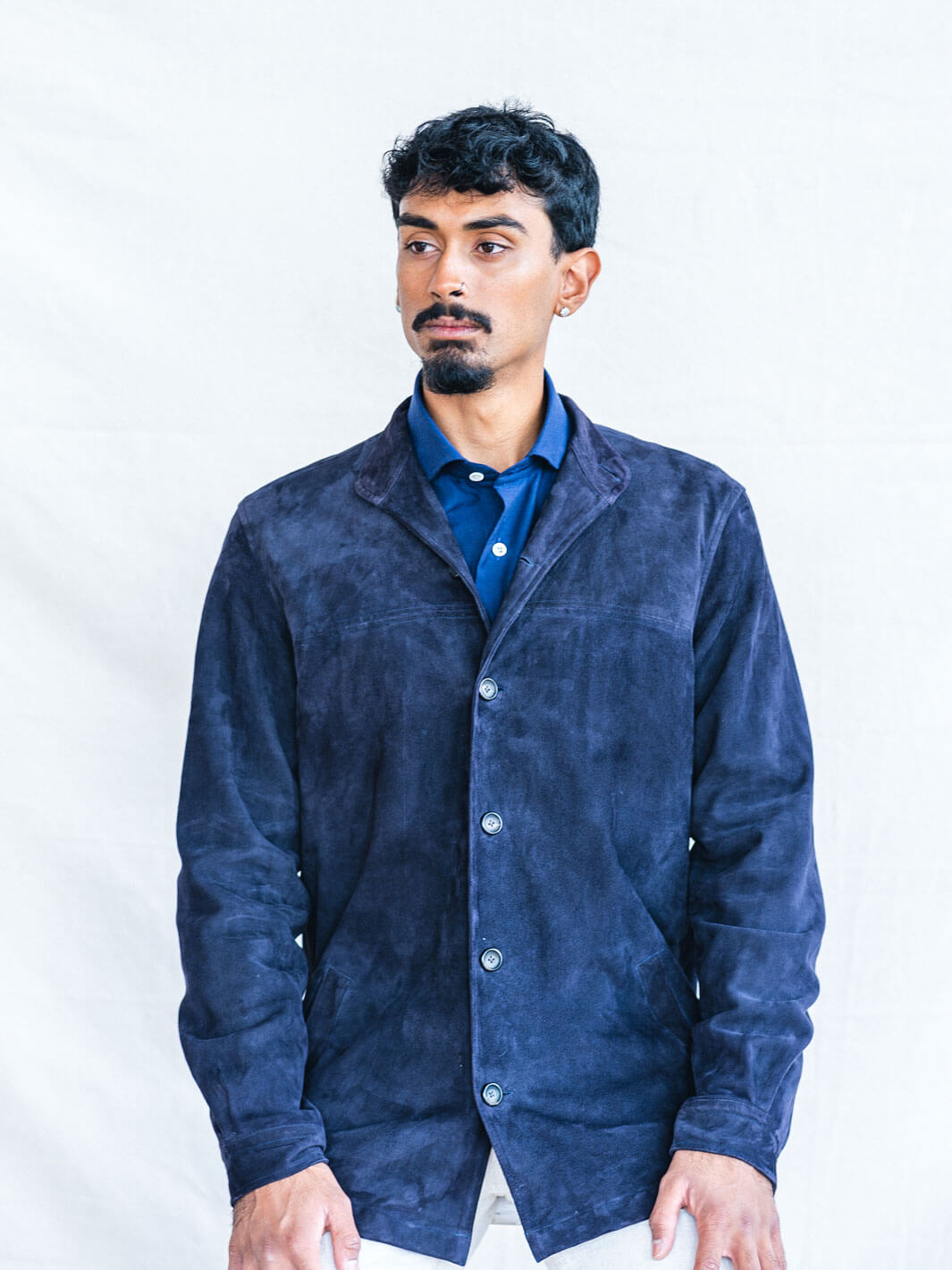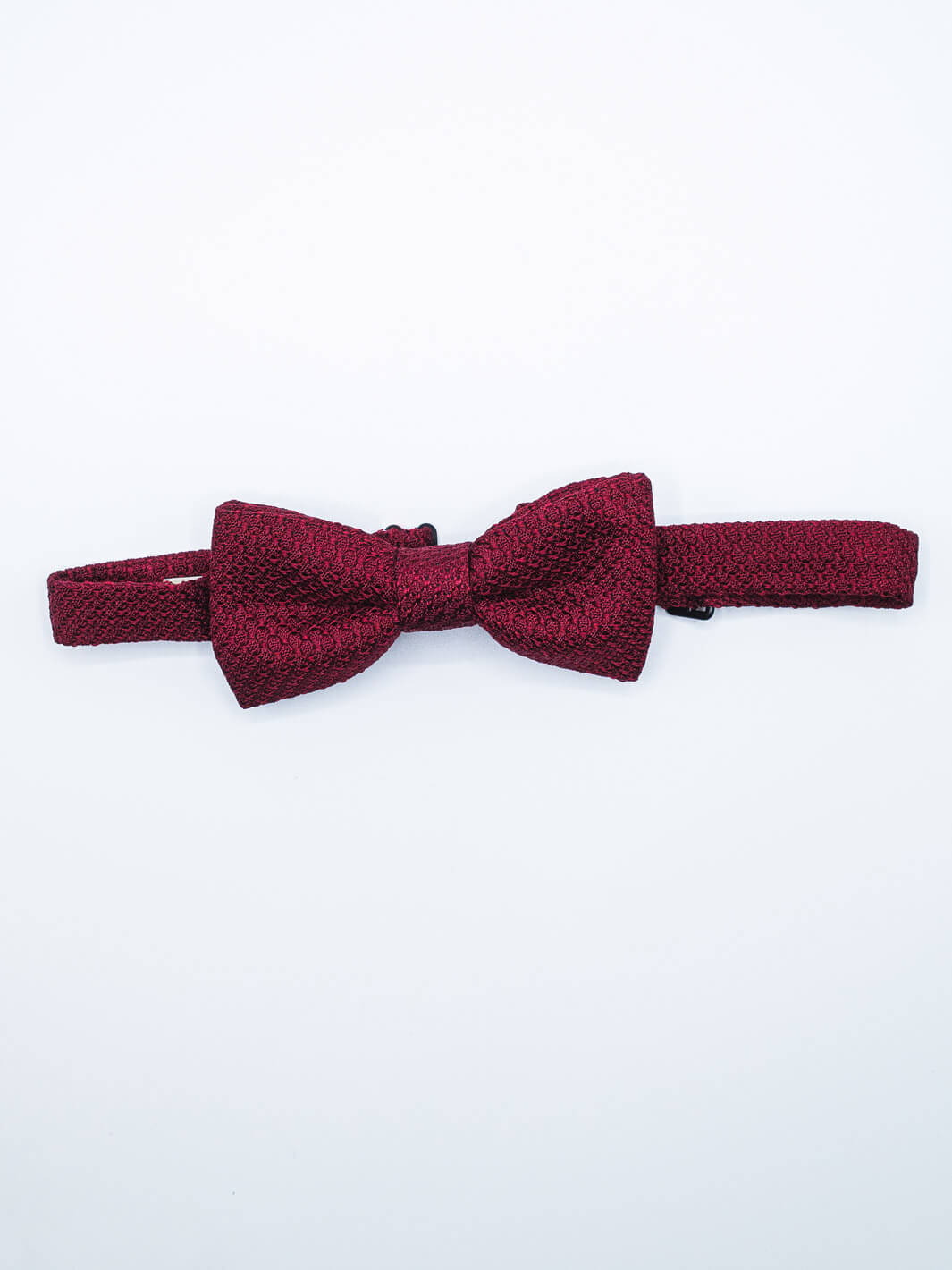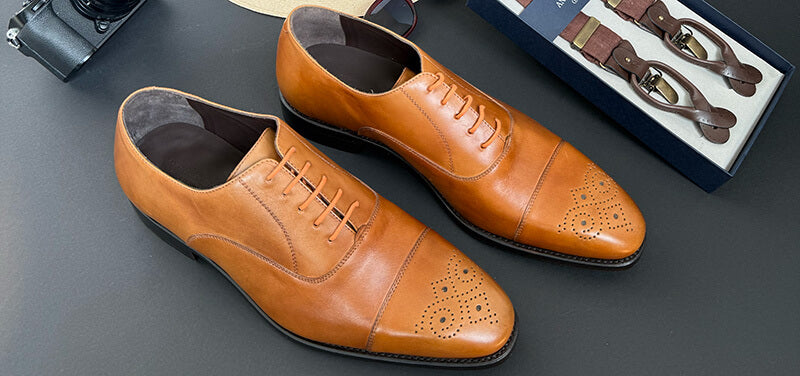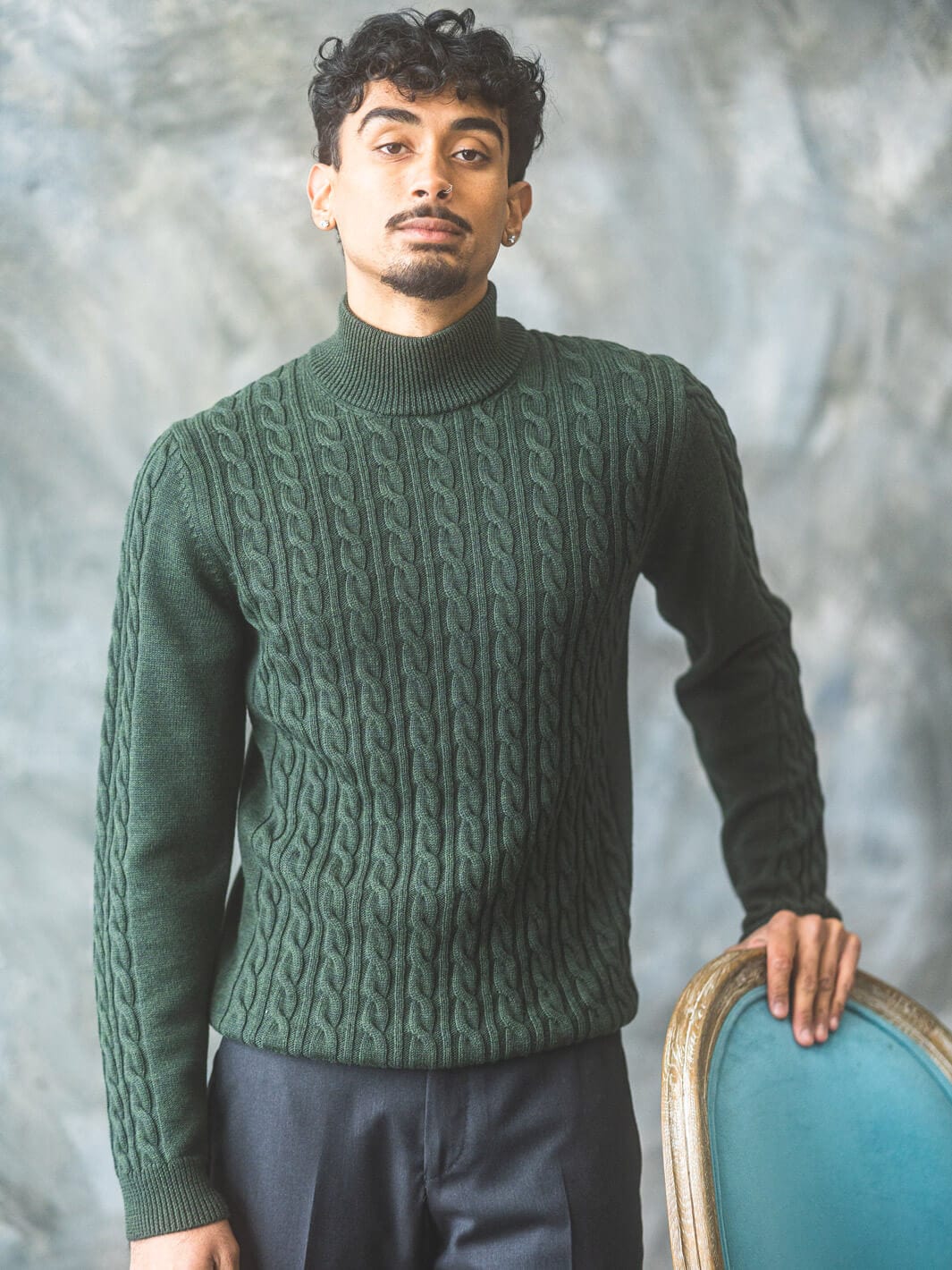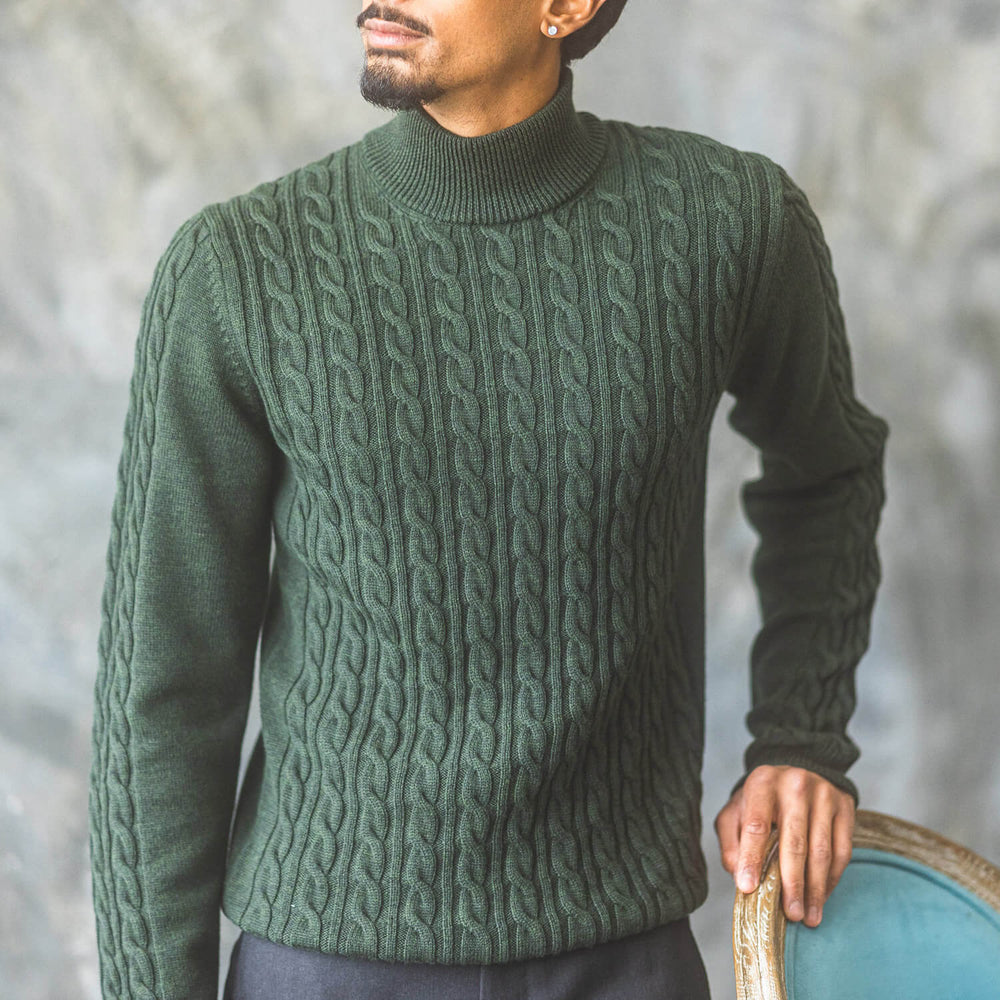When it comes to looking your best, you can never miss with knitwear. From classic winter sweaters to contemporary knitted polos, knit ties, and even beanies, knitwear is a timeless staple for any wardrobe. In this guide, we'll be taking a look at all the different styles of knitwear that can help you stay fashionable, comfortable, and warm in any season. No matter what your style, there's a perfect knitwear option for you!
A Brief History of Knitwear
Knitwear has been around for as long as people needed garments to protect themselves from nature’s elements, but knitting as a craft is said to have originated in the Middle East. There, skilled craftsman made clothing for their clients from natural fibers like wool, silk, and cotton.
Eventually, trade between Europeans and Muslims opened up across the Mediterranean and knitters were employed by Christian royal families to create all manner of luxuries, from cushion covers to intricate knitted garments with family insignias. But it was really only popularized among the masses centuries later.
In the 15th century, fishermen from Guernsey, an island in the English channel, began exporting knitwear to Normandy and Spain, primarily its “Guernsey jumper.”
Designed as a hard-wearing sweater, the fibers were tightly-knit to repel water and keep fishermen warm at sea. Traditionally, the technique was passed down from mother to daughter. Made to be worn by their seafaring husbands, it was soon adopted by other seamen in Britain who started calling it a “Gansey.” By the 19th century, it became standard wear for British Navy soldiers.
Designed as a hard-wearing sweater, the fibers were tightly-knit to repel water and keep fishermen warm at sea. Traditionally, the technique was passed down from mother to daughter. Made to be worn by their seafaring husbands, it was soon adopted by other seamen in Britain who started calling it a “Gansey.” By the 19th century, it became standard wear for British Navy soldiers.
Yet another style of knitwear still popular to this day is the “Aran sweater.” Like the others, the Aran takes its name from its geographical location of origin — the Aran islands off the coast of Ireland. Inspired by the Guernsey, it was modified by the locals to add even more thickness and warmth. A classic cable-knit pattern with diamond lattices and other intricate stitching was later added to the design, further contributing to its unique qualities.
One more sweater of note is the "Fair Isle." In 1921, the garment was brought into the spotlight by Edward VIII, who was seen wearing it out in the open for the first time.
The sweater first originated on an island north of Scotland in the 1800s and required skilled craftsmen to knit together. Like the Guernsey, it was created for fishermen, but it differed in its design, featuring a multi-colored, geometric pattern often seen in holiday sweaters today. It can be worn any time in the winter months and comes in an array of beautiful prints.
Materials and Quality
Standard Sheep’s Wool:
Hard-wearing and course. Perfect for the outdoors. It can be itchy due to its thick fibers, so if you’re sensitive, just wear a collared shirt underneath.
Merino Wool:
Comes from merino sheep, a special breed. It’s soft and luxurious and is less likely to cause itchiness to those sensitive to wool. Australia is the top producer of merino wool. Merino wool also comes in lambswool, which is finer and comes from the first shearing of a young sheep. Specialty breeds like Geelong wool also fall into the merino wool category, and are known for their exceptional fineness.
To learn more about why Australia leads the world in Merino wool production—and what makes this natural fiber so breathable, resilient, and refined—read our article:
Merino Wool 101: Origins, Qualities, and Why Australia Does It Best
To learn more about why Australia leads the world in Merino wool production—and what makes this natural fiber so breathable, resilient, and refined—read our article:
Merino Wool 101: Origins, Qualities, and Why Australia Does It Best
Cashmere:
Comes from goats who grow long wool in the winter. Extra fine and very soft, as well as lighter and warmer than sheep’s wool. Mongolian cashmere is considered the cream of the crop. Baby cashmere is an even finer subset of cashmere and comes from a young goat, but it is more fragile and should be avoided if you’re looking for durability. Cashmere ranges in quality, so like most things, you get what you pay for.
To learn more about what makes cashmere so irresistibly soft—and how to ethically source the finest fibers—read our article:
How to Buy High-Quality Cashmere (Without Compromising Your Ethics)
To learn more about what makes cashmere so irresistibly soft—and how to ethically source the finest fibers—read our article:
How to Buy High-Quality Cashmere (Without Compromising Your Ethics)
Cotton:
A soft, breathable fiber harvested from the cotton plant. Comfortable in warm weather and highly versatile across shirting and trousers. Stronger than it feels, but prone to wrinkling unless blended or specially finished. Higher-quality cottons like Egyptian and Sea Island offer extra smoothness and durability. Staple length matters — longer fibers mean softer, more resilient cloth. Traps heat less than wool, is lighter, and feels cooler. Better for warmer months (spring/summer), but can be layered effectively in colder months.
To learn more about what sets Pima, Supima, Egyptian, and other cotton types apart—and how to identify true long-staple quality—read our article:
The Definitive Guide to Cotton
Additional Tips:
• Sometimes combining fibers from different sources is a great solution for temperature and weight control. For example, a 70% cashmere, 30% silk blend is a lightweight and breathable option.
• Quality wool is densely woven and has longer fibers. In areas of friction, it will pill less often than a cheap sweater. It will also remain soft after washings. If you take care of it, it can last you a lifetime.
Knitwear Styles
1. Crewneck
• Named after fishing crews
• Rounded neckline with ribbed band
• Common and formal style
• Can be thin or thick
• Wear with dress shirts and polos with the collar partially tucked in
• Variant #1: Commando—Suede shoulder and elbow patches
• Variant #2: Cable-knit sweater—This inverted stitching resembles a series of braided ropes. It is not limited to the crewneck, but many different sweater styles as well.
2. Turtleneck or Roll neck
• Can cover whole neck or partial, keeps neck warm, and frames the face
• Variant: Mock turtleneck — looks best on shorter necks
• Wear underneath an overcoat or a jacket if you want to dress it down (make it less formal). If the turtleneck is thin, you can wear directly against your skin and layer a sweater on top of it if it’s cold. Otherwise, if it’s a thicker turtleneck akin to a sweater, wear it over a t-shirt or a collared shirt.
3. Zip Neck
• A type of pullover sweater with a high collar and zipper — either half-zip or quarter-zip.
• Variant: Button Neck—for a more refined look
• Casual and athletic—can reveal layers underneath when unzipped
• Dress it down with a t-shirt or jeans or bring up the formality with a dress shirt and chinos.
4. V-Neck
• The standard v-neck exposes the neck in a v-shape
• Perfect to wear with dress shirts alone or a combo dress shirt & necktie
• Versatile — Works well in formal and casual settings
• Variant: Tennis Sweater — a deep v-neck outlined by several lines of color. Some also have lines on the hem and the cuffs. Was the standard wear among golfers in the U.S. and Britain. They were popularly worn by tennis players in the 1930s, but it’s long since gone out of fashion. However, a few brands like Ralph Lauren still carry this signature sweater to commemorate the annual Wimbledon, the most iconic tennis tournament in the world.
5. Shawl-collar
• The prominent collar is its signature look. Comes in chunky and thin; pull-over or cardigan
• The collar style is said to have originated in wealthy Victorian society in the form of a smoking jacket.
• Another theory says the shawl-collar was specially made for Lieutenant General James Brudenell, Seventh Earl of Cardigan and officer in the British Army.
• Versatile—sophisticated and casual
• Great layering piece. The shawl-collar cardigan in particular can even be worn unbuttoned over a t-shirt. Polos, dress shirts, and ties work well with this style too.
6. Cardigan
• Popularized by the Earl of Cardigan who wore a similar sweater coat to battle during the Crimean War. But it was originally worn by 17th century fishermen to keep warm.
• V-neck with buttoned front
• Heavy-knit and lightweight cardigans are available
• Some have shawl-collars and others don’t. Pockets are optional.
• Wear alone or under a jacket. Layer with a dress shirt and tie underneath it if you’d like.
• Variant: Double breasted cardigan, though not as popular.
7. Sweater Vest
• A sweater without any sleeves. Can be a pullover or come with buttons like a cardigan. We recommend one with a v-neck because it looks good with a visible dress shirt and tie.
• Functional—Great for keeping your core warm while freeing your arms for outdoor tasks. One could say it paved the way for “athleisure” wear.
• It’s a great layering piece that comes in many different colors and patterns depending on formality
8. Knit Polo
• A collared shirt with short sleeves and 3-button opening on the neckline.
• Though all polos contain knitted material, a true knit polo will be knitted together on the seams (think sweaters), rather than cut and sewn like a basic shirt.
• Variant: Long-sleeve polo
• Knit Polos come in a range of materials, such as merino wool, linen, and cotton.
• Name comes from the old ball game played on horseback. Frequently seen on the golf course and the tennis court.
• A sporty, yet versatile garment. Perfect for summer wear. Can be dressed up or dressed down. The polo can be worn on its own, but it can also be layered with a jacket or a crewneck sweater.
Read our Article: "What Exactly is a Knit Polo?"
Accessories
1. Scarves
• A long fabric wrapped around the neck or head.
• Usually knitted out of wool, cashmere, or other warm-wearing fibers, but very thin options are available for summer styles in cotton, silk, or linen.
• Functional and stylish—Perfect for windy and/or snowy weather, as well as warm weather depending on thickness.
2. Beanies
• A knitted hat that hugs the top of the head and covers the ears. It has no brim.
• Very casual and almost exclusively for winter wear
3. Knit Ties
• Two styles: Soft and Crunchy. The former is smooth and the latter has a stiffer feel, which gives off a crunch sound when you crimp it between your fingers.
• Crunchy ties are more expensive because they require more workmanship and materials, specifically silk.
Conclusion
When it comes to knitwear, there are endless possibilities to choose from. The key to finding your perfect knitwear style is to experiment and not be afraid to try new things. You never know what you might discover and fall in love with. So go ahead, try out that bold new look. Knitwear is all about creativity and personal expression, so embrace the endless possibilities and find something truly unique to you.

